Dangerous bacteria in the toilet - facts or myths?
Toilets in public places are perceived as areas that are particularly conducive to the spread of various diseases. Fear of bacteria and other microorganisms effectively discourages many people from using public bathrooms. Is this justified? How much truth is there in the most commonly repeated opinions about the risks posed by visits to such facilities?
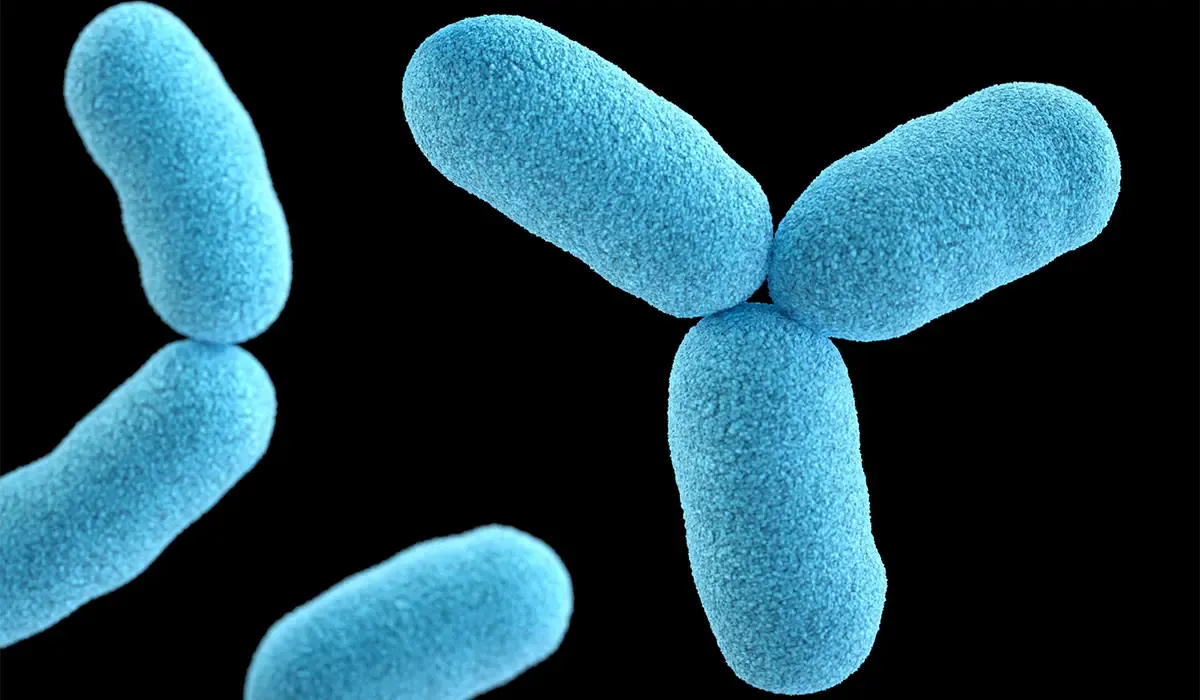
What awaits you in a public toilet?
Until recently, a public toilet was associated with a neglected, even dirty place, where basic equipment is often missing. Visible signs of inadequate cleanliness and difficulty in adhering to basic hygiene rules have become almost a symbol of such places. Combined with the growing awareness of the spread of bacteria and viruses, this has led to the belief that germs in a public toilet are lurking at every turn.
Numerous statistical studies have shown that the vast majority (up to 90%) of people not only avoid sitting in a public toilet (taking care of their needs in a light, "skiing" squat), but also direct contact with taps, flushes and other surfaces. A common phenomenon is, for example, grabbing the handle with a piece of paper or paper towel.
These concerns are not entirely unfounded. Indeed, in toilets used by many people every day, relatively large numbers of microorganisms can be found. However, it is interesting that their largest concentrations are located in quite surprising places. On the other hand, what may seem particularly dangerous is not necessarily so.
What can you catch in a public toilet?
Where there are people, there are pathogens - various microorganisms that accompany us at every step. They reside on the skin and mucous membranes, but also in places such as the digestive system or genital organs. It is precisely the bacteria from these areas of the body that can be found most often in the toilet.
Using the toilet means that one of the most numerous and dangerous pathogens in the toilet is the colon bacillus - Escherichia coli. Its place of residence makes it present in human feces, and therefore - in toilets.
Under normal conditions, the E. coli bacteria are part of the natural bacterial flora of the large intestine. It lives in symbiosis with humans, aiding in digestion and enabling the synthesis of certain vitamins. However, its presence in other places can cause various diseases - from urinary tract infections, through food poisoning (including traveler's diarrhea), to peritonitis or meningitis.
Many other pathogens that can be found in public toilets are often detected in human feces. These include, among others:
- Salmonella - causing intestinal inflammation and typhoid fever,
- Shigella - the cause of bacterial dysentery,
- Clostridioides difficile (formerly known as Clostridium difficile) - can cause inflammation of the large intestine, including the particularly severe form known as pseudomembranous colitis (PMC),
- Fecal streptococcus (Enterococcus faecalis) - also present in the digestive tract, often causing bladder or urethral inflammation,
- hepatitis A virus,
- rotaviruses - particularly dangerous for young children, causing (in both children and adults) a disease known as "stomach flu" or "gastroenteritis."
- As you can see, the most common infections that can be contracted in a public toilet are various gastrointestinal and urinary tract diseases. Contrary to popular belief, the most common cause of these infections is not sitting on the toilet seat.
Can you get chlamydia from a public toilet?
Many people avoid using public toilets for fear of venereal diseases. Although most of them are transmitted practically only through direct contact, infection with some pathogens is possible, for example, at the pool. One of them is chlamydia, which can cause inflammation of the urethra (regardless of gender), anus or cervix, with a tendency to spread to other organs of the small pelvis. The possibility of getting sick after visiting the pool raises questions about whether chlamydia can be contracted in the toilet. According to experts, although theoretically it is not possible to rule out such a possibility, in practice it is highly unlikely. Although chlamydia can survive outside the human body for some time, it needs suitable conditions for this - primarily a moist environment. The toilet seat is simply too dry - the bacteria on it die relatively quickly. Adhering to standard hygiene rules effectively protects against infection.
Is the toilet bowl the most bacteria-infested place?
Where in the bathroom are the most bacteria found? Intuitively, we suspect it must be the toilet seat. However, it turns out that this is not true. Of course, there are bacteria in the toilet, but it is not their biggest concentration. In practice, many more microorganisms are found in places that have two distinguishing factors. Firstly - they are often touched with unwashed hands. Secondly, they accumulate water or moisture, which promotes the growth of bacteria.
These conditions are primarily met by manually operated hand dryers and soap dispensers, as well as manually turned on faucets. Every day, many people touch them with dirty or improperly washed hands, transferring more microorganisms onto them.
For this reason, touchless solutions are becoming increasingly popular, such as bathroom fixtures with motion sensors, which significantly reduce direct contact between the user and the device.
It is also worth mentioning that the popular practice of covering the toilet seat with paper before using it does not provide effective protection against bacteria in the toilet. Especially since few people wash their hands before using the toilet and touching the paper, which can also contain various microorganisms. A much better alternative is to use special, disposable seat covers, especially those individually packaged.
Is it worth closing the toilet seat before flushing?
Many people do not close the toilet seat at all after using the bathroom. Others do so only after flushing the water, to make sure that there are no remaining stains on the bowl that will need to be removed with a toilet brush. However, this is a serious mistake that promotes the spread of bacteria from the toilet water throughout the room.
If the toilet seat is not lowered, the so-called bacterial cloud literally explodes. During flushing, water in the toilet lifts bacteria into microscopic droplets up to 2 meters away, and then settles on all nearby surfaces and equipment - including the skin of the person standing next to the toilet. Additionally, they inhale water droplets together with microorganisms, which significantly increases the risk of infection and the development of the aforementioned diseases.
It happens that in some public toilets, toilet seats are not equipped with lids. In such a situation, it is important to pay attention not to lean over the bowl when pressing the flush button. It is better to stand slightly to the side, if possible, turning your face away.
Is bathroom fixtures a breeding ground for bacteria?
Bathroom fixtures are one of those bathroom equipment elements that are most often touched with unwashed hands. In combination with moisture and slightly higher temperature than in other areas of the bathroom, this creates ideal conditions for the multiplication of microorganisms.
Moreover, in many cases, cleaning of fixtures in public toilets is carried out too infrequently and not thoroughly enough.
However, this does not mean that one should avoid washing their hands in such facilities. On the contrary - using warm water and soap is the basis for preventing infection with bacteria found in the toilet. This is also very important in situations where there is no possibility to use a touchless device.
Where else do bacteria lurk in the toilet?
Considered the most contaminated elements of the toilet equipment, the toilet bowl, sink, and faucets are not the only places to pay attention to. Where else do bacteria lurk in the toilet?
First and foremost, accessories located in the immediate vicinity of the toilet should be mentioned, on which the aforementioned bacterial cloud settles when flushing. These include toilet paper holders, as well as flush handles and trash cans. In the case of the latter, the presence of bacteria is also related to the waste inside.
Other places where there may be a lot of bacteria are frequently touched areas. These include door handles, as well as locks installed in toilet stalls and buttons on various types of dispensers.
We must not forget about the floor as well. People coming from outside bring various dirt and microorganisms on their shoes. Especially in winter, when a lot of moisture and mud is brought in, a dirty toilet at work, shopping center or train station provides ideal conditions for the growth of bacteria, mold and other fungi.
How to avoid bacteria and viruses
Although it is not possible to completely eliminate bacteria from the space that is the bathroom, there are actions that can be taken to reduce the risk of infection to a minimum.
The basis is, of course, regular cleaning and disinfection of toilets using specialized products. Cleaning staff must also have access to professional equipment and accessories, significantly increasing the effectiveness of their work.
A very important element of ensuring safety for users is proper equipment. Faucets, soap and disinfectant dispensers, hand dryers, and towel dispensers - all of these devices are now available in touchless versions, which operate based on motion sensors. Thanks to them, the need to touch individual devices by many people is eliminated, significantly reducing the amount of bacteria on them.
Does washing our hands protect us from germs in the bathroom?
Thorough hand washing is the basis of hygiene and a task that should not be forgotten. It may seem obvious. However, in practice, not washing hands after using the bathroom is a common problem. Some people limit themselves to quickly rinsing their hands, sometimes even without using soap. But is warm water and soap really an effective protection against various microorganisms?
Of course, even the most thorough hand washing after using the toilet does not guarantee that all microorganisms will be removed from the skin. At the same time, it is well known that inadequate hygiene in such situations significantly increases the risk of contracting so-called "dirty hand diseases".
Washing with warm water and soap, however, can reduce the number of bacteria on the skin by up to 90%. It is also worth remembering that soap damages the outer shell of many dangerous viruses, making them lose the ability to infect cells. This means that washing hands after using the toilet is a truly effective element of prevention for many diseases. Additionally, it is worth using specialized hand sanitizers - they allow for the removal of even more microorganisms. Following these rules makes using public bathrooms truly hygienic and safe for health.
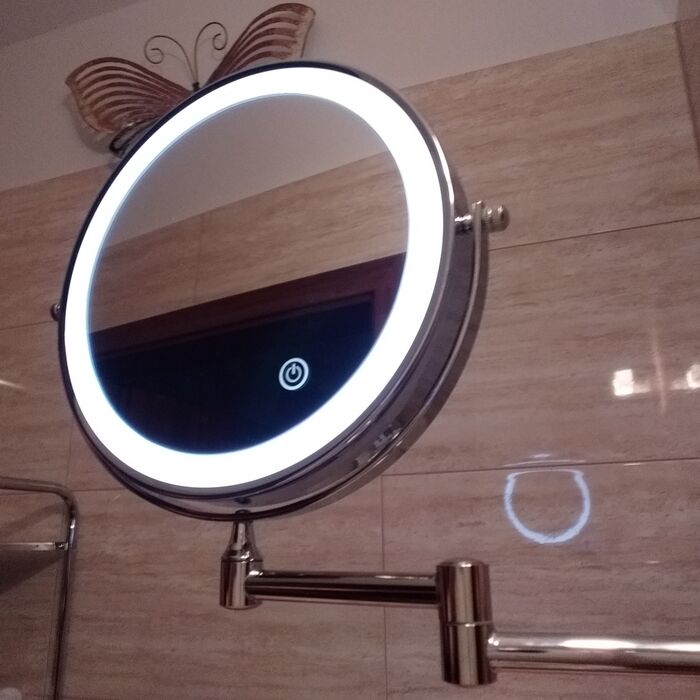

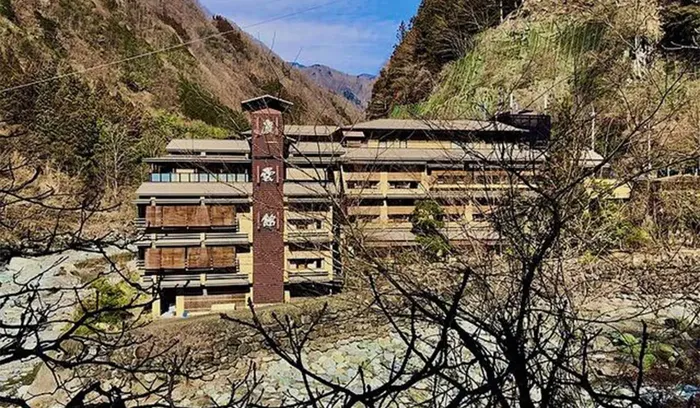
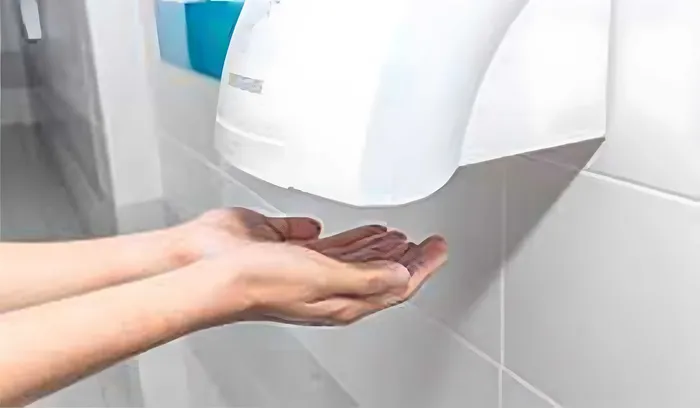
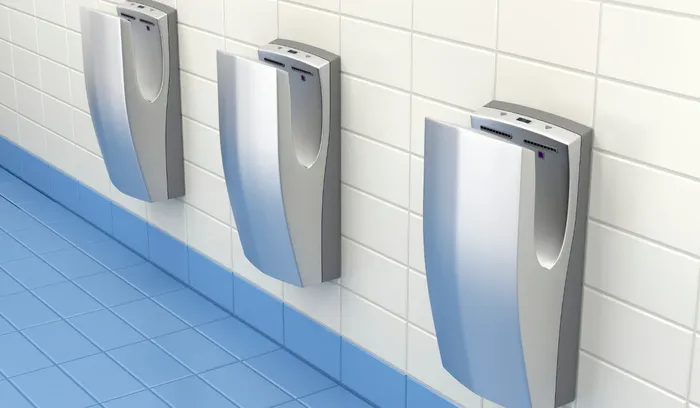

 Polski
Polski
 Český
Český
 Deutsch
Deutsch
 Spanish
Spanish
 French
French
 Italian
Italian